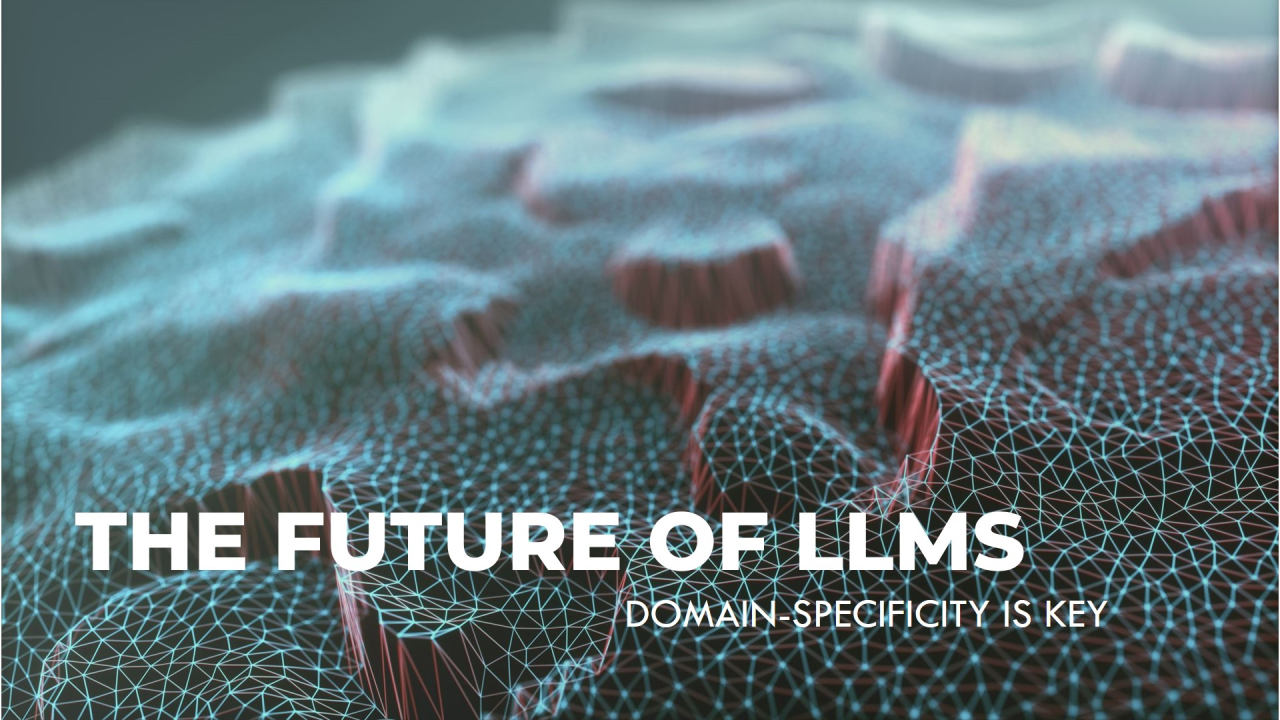The future of LLMs lies in domain-specificity, RAG integration, and careful fine-tuning. While the generation of text, images, and video might tolerate minor errors, LLMs that contribute to decision-making in critical fields must be robust, safe, and regularly updated to prevent dangerous outcomes. The evolution of AI should be focused on minimizing risks while maximizing efficiency in specialized domains.
The key points are:
1. Challenges with Generic LLMs:
- Scalability Issues: As generic LLMs grow in size and complexity, they become more prone to errors and require significant computational resources.
- Decision-Making Risks: While errors in text, images, or video generation (e.g., hallucinations or slight inaccuracies) can be relatively minor, errors in decision-making processes (e.g., in IoT systems managing safety or operational workflows) could lead to severe consequences. As domain specific LLMs participate in critical decision-making tasks, the margin for error becomes much smaller.
- Model Integrity: As LLMs expand in usage, model integrity becomes a priority. Regular audits, continuous monitoring, and ethical usage policies will be required to prevent harmful or biased outcomes, especially when models are involved in decision-making processes.
2. The Need for Specialization:
- Generic vs. Domain-Specific Models: As LLMs grow in size and capability, the current trend of expanding parameters for generic models has proven effective for general knowledge tasks. However, domain-specific LLMs are emerging as more reliable and efficient in specialized fields like law, medicine, and finance. These models are fine-tuned on highly relevant data, improving both accuracy and relevance.
- Contextual Understanding: Domain-specific LLMs can be trained on vast amounts of data specific to a particular field, enabling them to understand nuances, jargon, and context much better than generic models.
- Task-Specific Optimization: These models can be fine-tuned for specific tasks within a domain, improving their accuracy and efficiency for those applications.
3. The Role of Retrieval-Augmented Generation (RAG)
- Enhancing Accuracy: RAG involves incorporating real-time retrieval of external, verified information into the generation process. By combining this with domain-specific LLMs, the future will likely lean towards real-time augmentation of knowledge, ensuring that responses are not only accurate but up-to-date.
- Reducing Risks: Instead of relying solely on the model’s internal knowledge (which may become outdated or irrelevant), RAG reduces the risk of error by dynamically retrieving external information.
4. Fine-Tuning for Specific Applications
- Customizing Models: Fine-tuning allows LLMs to be adapted for specific industries and use cases. As more industries adopt LLM-based solutions, the need for fine-tuning will increase, ensuring the models perform optimally for specific applications
- Ethical and Safety Considerations: With more domain-specific applications, models will also require fine-tuning to comply with ethical standards, privacy laws, and operational safety measures relevant to particular sectors.
5. Data Quality and Quantity:
- Data Quantity: While the quantity of data is important, quality often outweighs quantity. A smaller, well-curated dataset can yield better results than a larger, noisy one. The quality of the data used to train LLMs is crucial. Domain-specific models can be trained on curated datasets that are more relevant and accurate.




